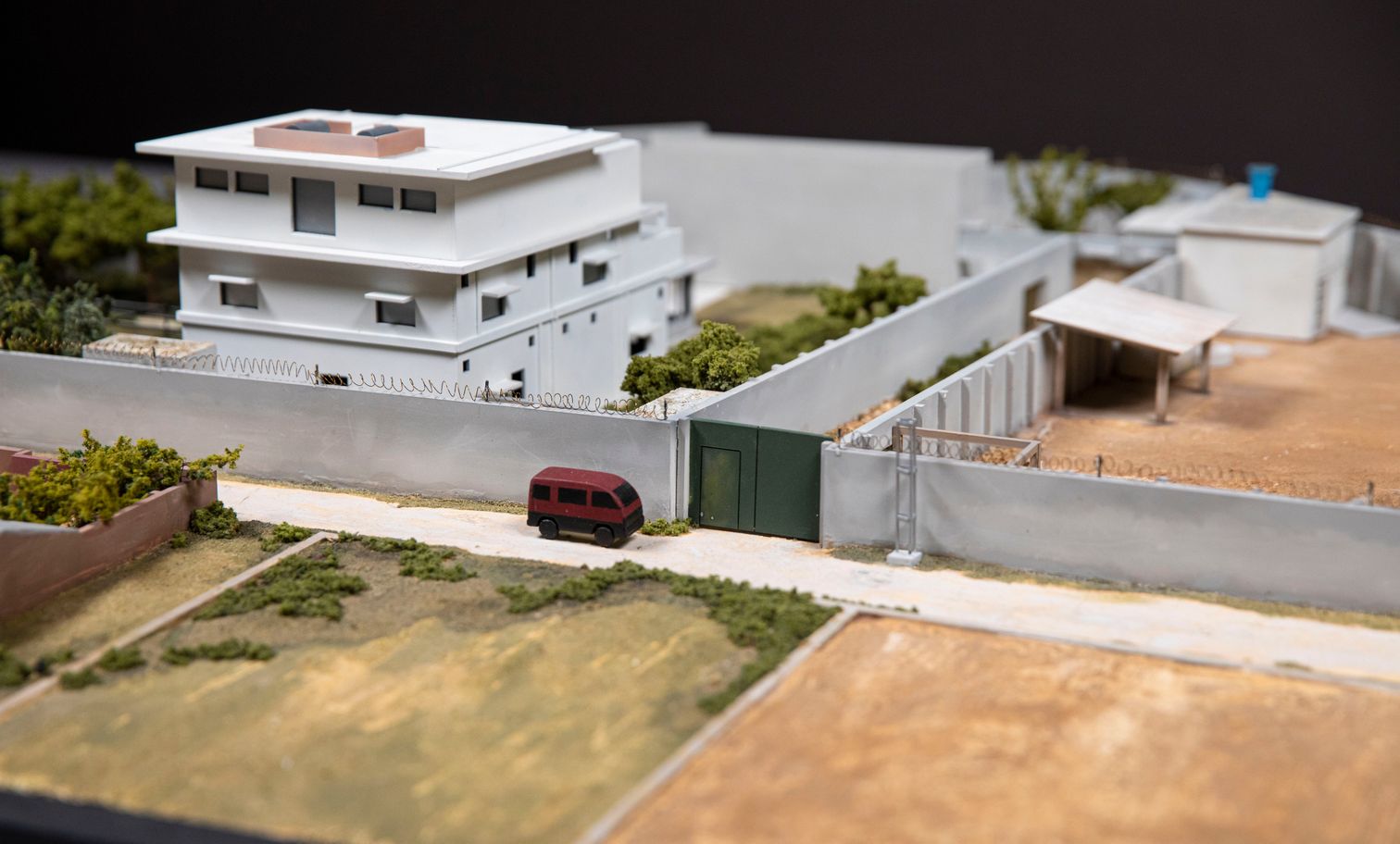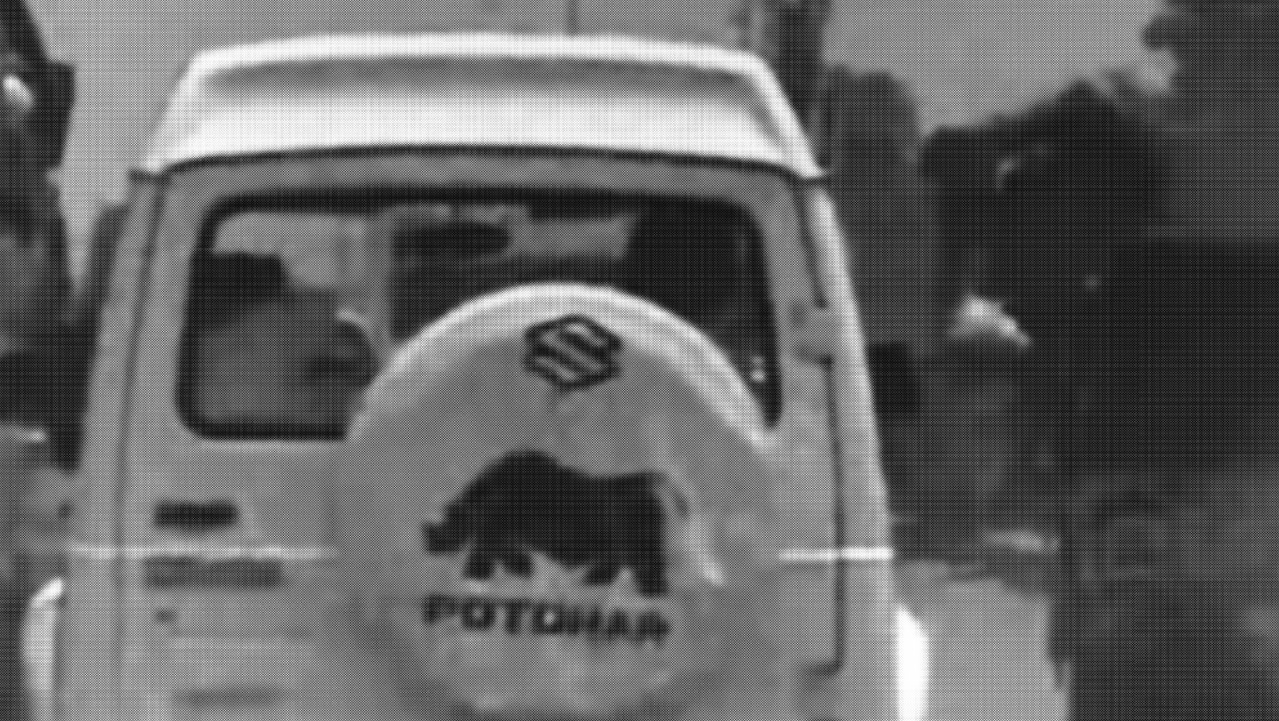Make a donation to the museum
The President Considers
In late summer 2010, CIA Director Leon Panetta informed U.S. President Barack Obama of the most promising lead in nearly a decade.
Intelligence agencies had long thought that Osama bin Laden might use trusted aides to maintain contact with his al-Qaeda network. Various leads pointed to one suspected courier, Abu Ahmad al-Kuwaiti, who was a confidant of 9/11 mastermind Khalid Sheikh Mohammed. Intelligence agencies gathered data on al-Kuwaiti and grew increasingly convinced of his significance. As the years passed, other bin Laden associates were killed or captured, but al-Kuwaiti remained unaccounted for.
alt

Still from video of vehicle transporting Osama bin Laden’s courier in Pakistan, 2010. Courtesy of the Central Intelligence Agency.
In 2010, based on an intercepted phone call, intelligence agencies located al-Kuwaiti in Peshawar, Pakistan. As part of their surveillance, they tracked al-Kuwaiti to his white jeep, with a distinctive rhinoceros image on the spare tire mounted on the rear of the vehicle. Unwittingly, al-Kuwaiti led them to a compound in Abbottabad, Pakistan.
In late summer 2010, CIA Director Leon Panetta informed President Obama of the most promising lead in nearly a decade. But surveillance of the Abbottabad compound could not confirm Osama bin Laden’s presence. As time passed, American officials became concerned that the intelligence might leak. A decision was needed, based on judgment, not certainty.
President Obama considered his options throughout early 2011. Bombing the compound would potentially endanger nearby civilians. A more precise drone strike might kill whoever was inside but not definitively establish whether bin Laden was there. A targeted raid could provide certainty, and allow for the retrieval of intelligence, but only by deploying a team inside Pakistan. All options would violate Pakistan’s sovereignty.
The president ordered the CIA to execute a plan with the Joint Special Operations Command (JSOC). Vice Admiral William McRaven, commander of JSOC, prepared for the raid.

Model of Osama bin Laden’s compound used by U.S. officials in creating options for action. Courtesy of the National Geospatial-Intelligence Agency.
CIA Director Leon Panetta received approval for the mission from President Obama on April 29, 2011. Recognizing the decision’s historical significance, Panetta handwrote a memo recording the moment. The memo indicates the uncertainty regarding bin Laden’s presence at the compound. The raid by U.S. Navy SEALs and Army aviators, under the auspices of JSOC, was officially a CIA-led operation, since the CIA has a broader legal authority for conducting secret operations than the U.S. military.
